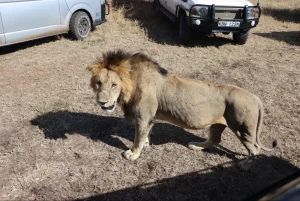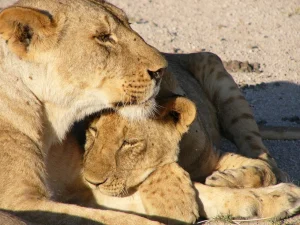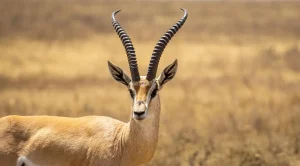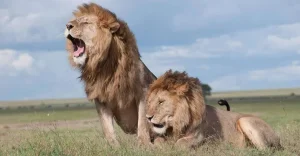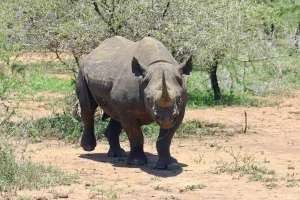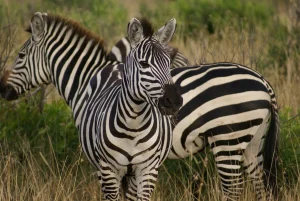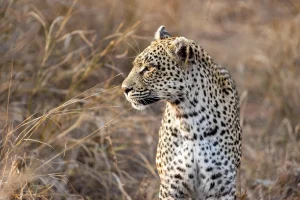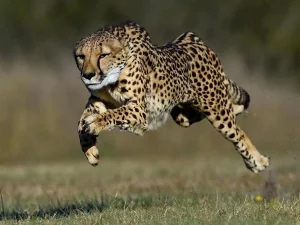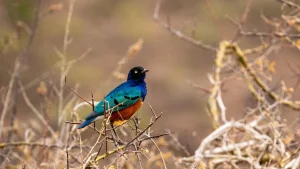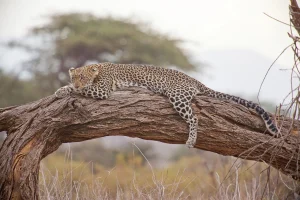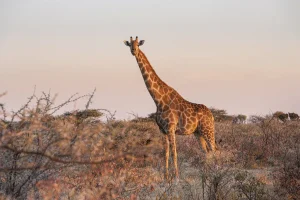Spotting Leopards in Nairobi National Park: The Ultimate Guide
Are there leopards in Nairobi National Park? Can I see leopards in Nairobi National Park? Nairobi National Park, a truly exceptional wildlife haven nestled against a bustling metropolis, offers an unparalleled opportunity to witness the beauty of African wildlife, including the often-elusive leopard. For wildlife enthusiasts and safari adventurers hoping for a glimpse of these majestic cats, understanding their behavior and the most effective strategies for observing leopards around Nairobi is paramount. This in-depth guide provides essential information to significantly increase your chances of successful leopard sightings within Nairobi National Park.
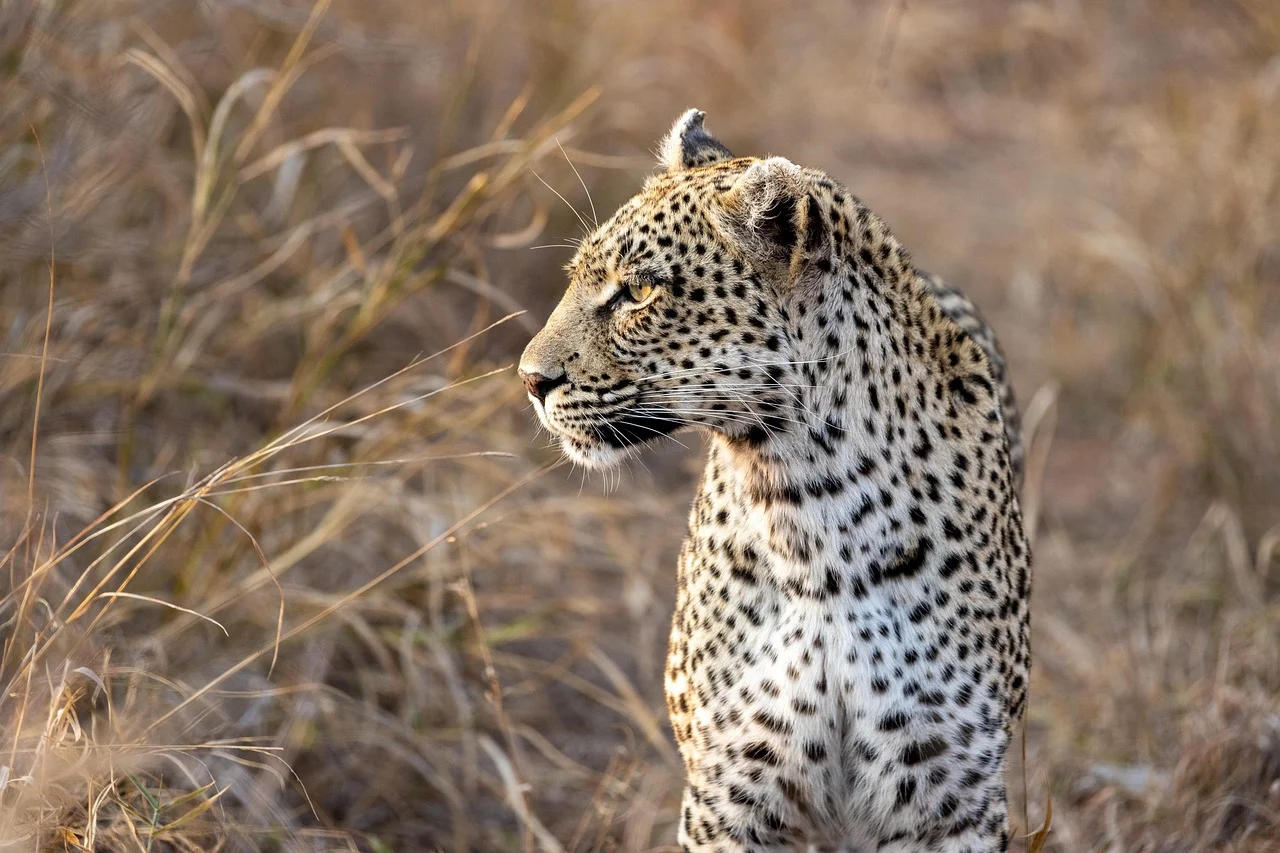
Understanding the Leopard Population and Behavior in Nairobi National Park
The resilient leopard population thriving in Nairobi National Park has adapted to its diverse environment, which encompasses riverine forests, acacia woodlands, and rugged rocky outcrops. As highly skilled predators, the diet of leopards in Nairobi National Park is varied, consisting mainly of antelopes, smaller mammals, and even birds.
Given their crepuscular and nocturnal habits, encounters with leopards in Nairobi National Park often become a highlight of a game drive, requiring patience and keen observation. A deep understanding of typical leopard behavior within Nairobi National Park, such as their solitary nature and preference for resting in elevated spots like trees during the day, is crucial for successful viewing.
- Adaptable Habitats: Leopards favor areas offering dense cover, including riverine thickets and rocky kopjes, for both hunting and resting.
- Activity Rhythms: They are most active during the twilight hours of dawn and dusk, as well as throughout the night, making these prime viewing times.
- Dietary Habits: As carnivores, their diet primarily includes a variety of mammals and birds found within the park’s ecosystem.
Prime Times and Strategic Locations for Leopard Spotting in Nairobi
While opportunities to see leopards in Nairobi National Park can arise unexpectedly, certain periods offer a higher probability of successful sightings. Game drives conducted during the early morning or late afternoon, when these magnificent animals are most active, tend to yield the best results.
Experienced local guides, possessing intricate knowledge of the leopard’s preferred habitat in Nairobi National Park and their recent movements, significantly enhance your chances of a memorable encounter.
- Optimal Viewing Periods: The hours between 6:00 AM and 9:00 AM, and again between 4:00 PM and 6:30 PM, are generally the most productive. Our guides have spotted a leopard or two in early hours and late hours.
- Key Search Zones: Focus your attention on rocky kopjes, areas bordering rivers with dense vegetation, and near water sources where prey animals congregate. With a professional guide leading you, you can be sure to see the wildlife in hidden places.
- The Expertise of Local Guides: Engaging a knowledgeable guide skilled in tracking leopards within Nairobi National Park is invaluable for maximizing your chances of a sighting.
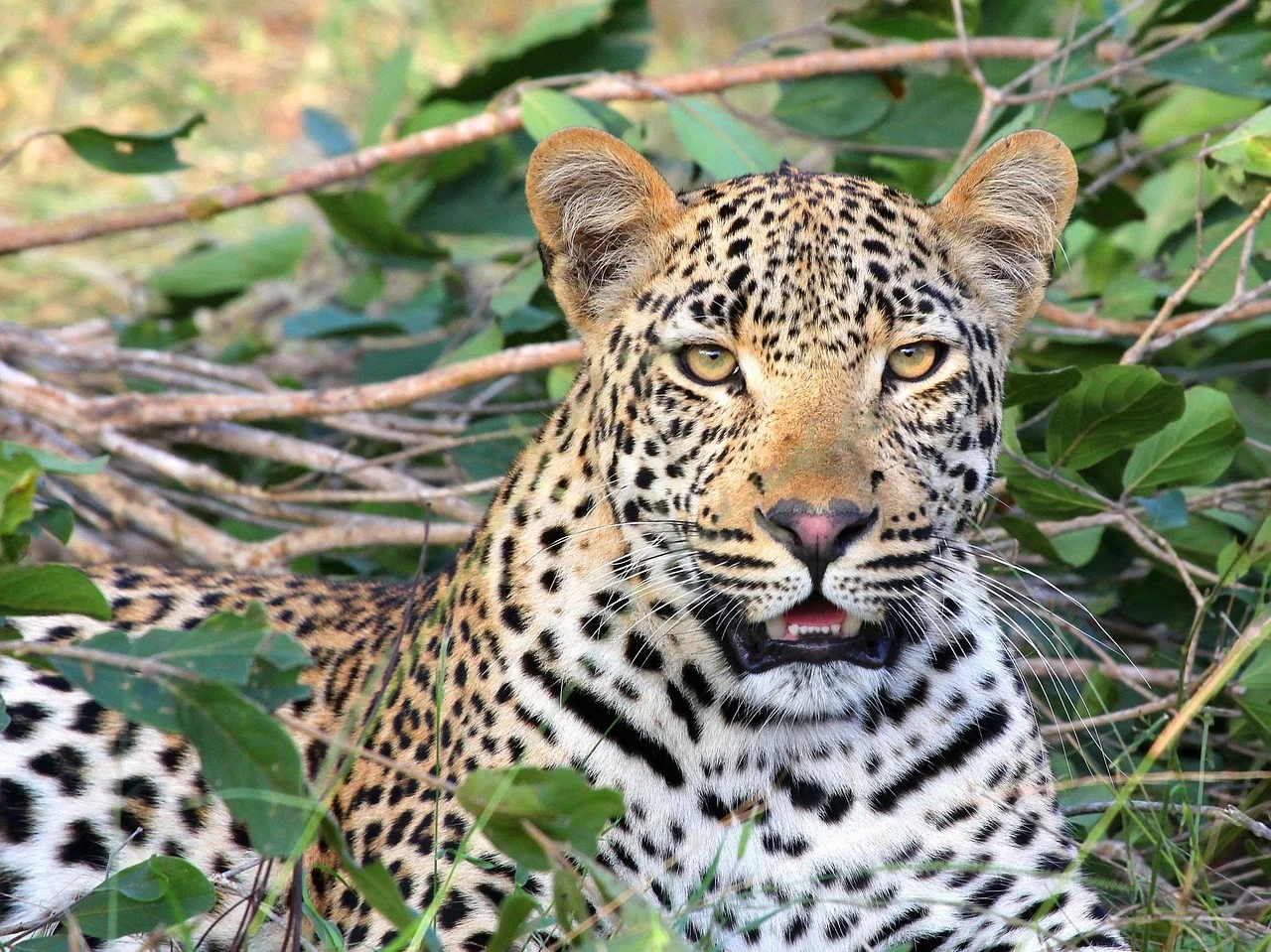
Expert Tips for Observing and Photographing Nairobi’s Leopards
Patience, keen observation skills, and the right equipment are essential when embarking on your leopard search. Carefully scan tree branches, rocky hillsides, and areas of tall grass where these elusive cats might be resting or hunting. A quality pair of binoculars is an indispensable tool for spotting their well-camouflaged forms. If capturing photographs of leopards in Nairobi National Park is a priority, a telephoto lens and an understanding of low-light photography techniques will prove highly beneficial.
Always remember to maintain a respectful distance to ensure both your safety and the well-being of these magnificent creatures. For ethical guidelines on wildlife photography, consider resources provided by organizations like the Nature First: Principles of Wildlife Photography.
- Cultivate Patience: Leopard spotting often requires time and persistence; don’t be discouraged by initial lack of sightings.
- Invest in Binoculars: High-quality binoculars significantly improve your ability to scan the environment effectively.
- Maintain a Safe Distance: Respect the animals’ space for your safety and to avoid causing them stress.
Beyond Leopards: Discovering the Rich Wildlife of Nairobi National Park
While your primary focus may be on encountering leopards within Kenya’s renowned Nairobi National Park, the park also teems with a remarkable diversity of other animals inhabiting Nairobi National Park. During your visit, you might be fortunate enough to observe lions, both black and white rhinos, graceful giraffes, herds of zebras, and a stunning array of birdlife.
Embarking on a comprehensive Nairobi National Park game drive offers a holistic Nairobi wildlife experience, ensuring that each excursion holds the potential for captivating encounters. Exploring the diverse wildlife present in Nairobi National Park – with the chance to see leopards as a major draw – guarantees an unforgettable safari adventure. To delve deeper into the park’s incredible biodiversity, explore resources provided by the official Kenya Wildlife Service.
- A Tapestry of Wildlife: The park is home to a wide array of species, including lions, rhinos, giraffes, zebras, buffaloes, and numerous bird species.
- Diverse Ecosystems: The park’s varied landscapes, encompassing open plains, riverine forests, and rocky areas, support a rich diversity of animal life.
- An Unparalleled Urban Safari: Experience the unique and captivating juxtaposition of observing wild animals against the dramatic backdrop of a major city skyline.
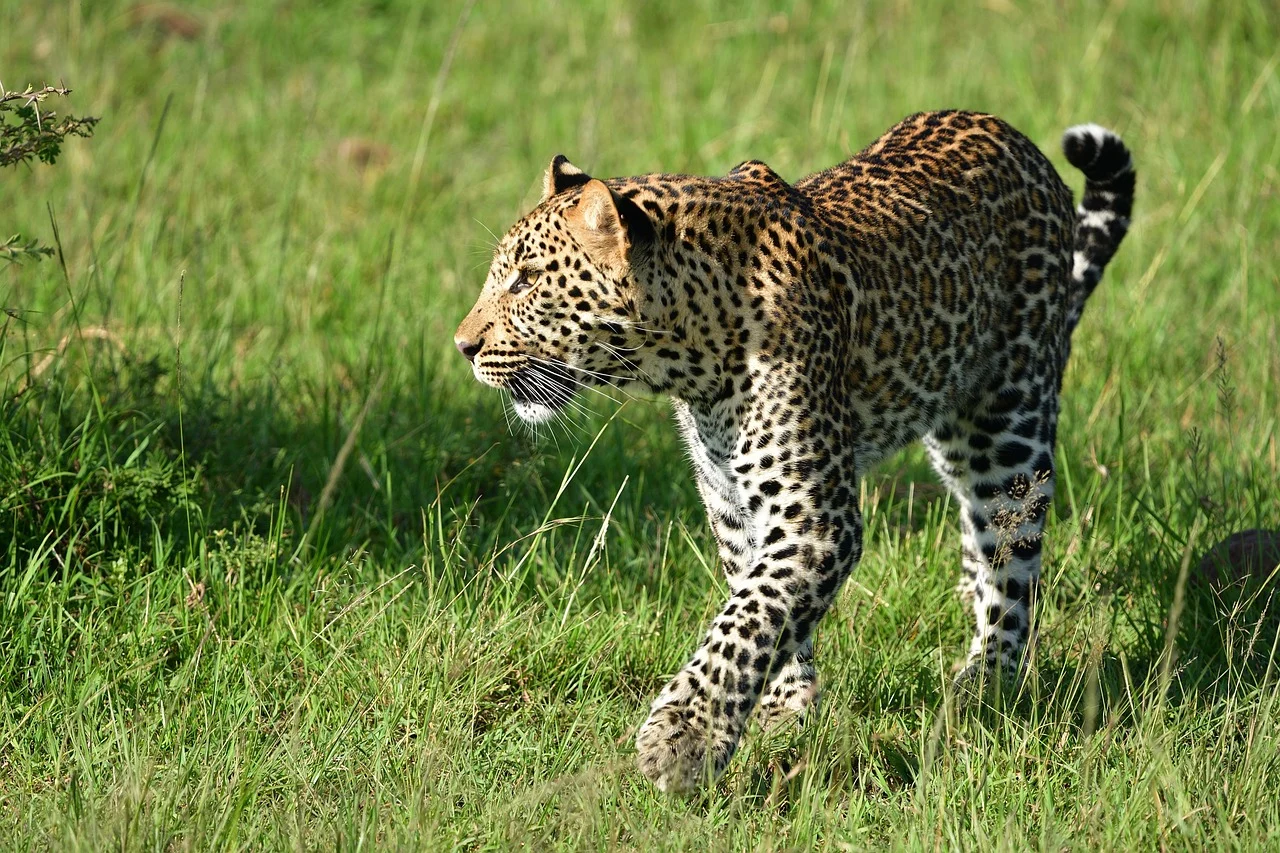
The Crucial Role of Leopard Conservation in the Nairobi Ecosystem
The conservation status of leopards around Nairobi, like that of many apex predators, faces significant challenges due to habitat fragmentation and increasing instances of human-wildlife conflict. Dedicated and ongoing efforts are crucial to ensure the long-term protection of these magnificent animals within the boundaries of Nairobi National Park.
Recognizing and supporting the vital importance of leopard conservation initiatives within Nairobi National Park contributes directly to the continued survival of this iconic species within this unique urban ecosystem. Engaging in responsible tourism practices plays a crucial role in providing the necessary funding and support for these essential conservation endeavors.
- Existing Threats to Leopard Populations: Habitat loss due to urban expansion and increasing human-wildlife conflict pose significant risks to their survival.
- Dedicated Conservation Initiatives: Anti-poaching patrols, habitat preservation projects, and community engagement programs are vital for their protection.
- The Positive Impact of Responsible Tourism: By choosing to visit Nairobi National Park responsibly, you directly contribute to the local economy and the funding of crucial conservation efforts.
By diligently applying these expert tips, understanding their behavior and preferred habitats, and exercising patience during your game drives, your chances of witnessing the elusive leopards near the bustling city of Nairobi in their natural splendor within Nairobi National Park will be significantly enhanced. This extraordinary urban wildlife experience involving Nairobi’s remarkable leopards serves as a powerful reminder of the incredible biodiversity that can thrive even in close proximity to a major metropolitan area.

